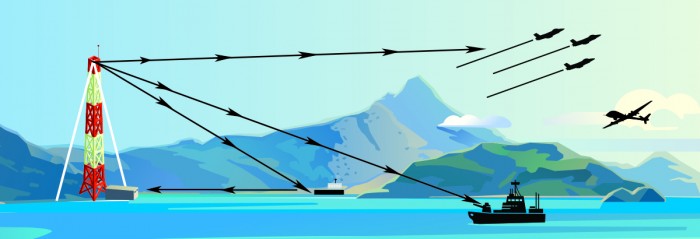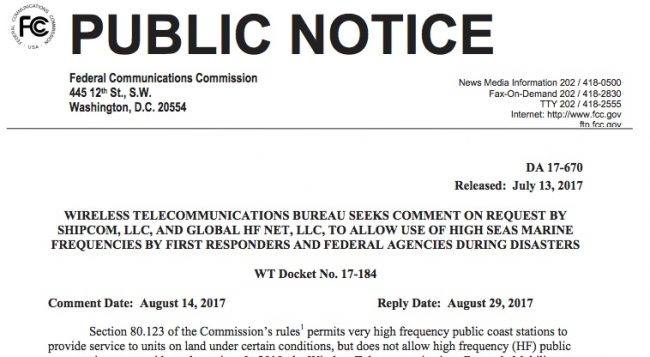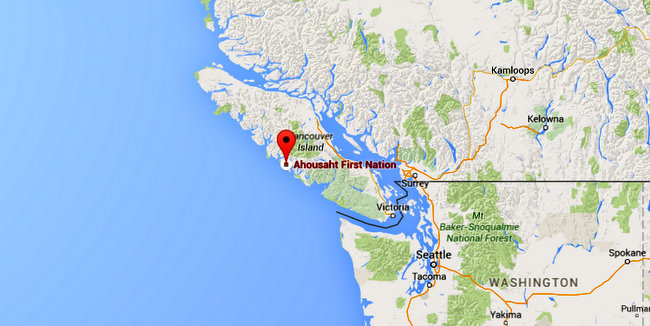Guest Post by Robert Gulley K4PKM
I wanted to pass along three useful references I came across from several posts in the Utility DXers Forum posted by Steve Handler.
The first is:
(Both English and French versions are available, published by the Canadian Coast Guard)
The second is:
WORLDWIDE MARINE RADIOFACSIMILE BROADCAST SCHEDULES published by the U.S. DEPARTMENT OF COMMERCE (WEFAX Weather Broadcasts, March 2025 edition)
The Third is:
US DOD / National Geospatial Agency Flight Information Handbook (March 2018, 273 pages) containing frequencies and other interesting info
I suspect many SWLing readers are also on the Utility DXers Forum, but for those who may not be, or who might have missed these posts, I hope you find them useful!
Cheers! Robert K4PKM





